Hill’s Prescription Diet i/d is designed to help dogs with digestive issues, but what dog food is comparable to Hill’s i/d? At COMPARE.EDU.VN, we have compiled a list of the best alternatives, considering factors like ingredients, nutritional value, and customer reviews, so you can make an informed decision for your pet’s health. Looking for optimal stool quality, gut microbiome activation, or digestive health support? We have you covered with grain-free and limited ingredient diets that are similar to Hill’s I/D.
1. What Is Hill’s Prescription Diet I/D Dry Dog Food?
Hill’s Prescription Diet i/d Dry Dog Food is a specialized diet formulated to aid dogs experiencing digestive upset. Clinically proven to settle digestive issues, this dog food is crafted with easily digestible ingredients, enriched with electrolytes and B vitamins to facilitate nutrient absorption and replenish lost nutrients. The food is also made with Hill’s proprietary ActivBiome+ Ingredient Technology, which includes a blend of prebiotic fibers shown to rapidly activate the gut microbiome to support optimal stool quality and digestive well-being.
Key Features of Hill’s Prescription Diet I/D
- Highly Digestible Formula: Supports easy nutrient absorption.
- ActivBiome+ Technology: Rapidly activates the gut microbiome.
- Prebiotic Blend: Fuels activity of beneficial gut bacteria.
- High Electrolytes & B Vitamins: Helps replenish lost nutrients.
- Clinically Proven Antioxidants: Supports a healthy immune system.
- Omega 3 & 6 Fatty Acids: Promotes healthy skin and coat.
Top Ingredients: Brewers Rice, Whole Grain Corn, Chicken Meal, Pea Protein, Egg Product
Pros and Cons of Hill’s Prescription Diet I/D
| Pros | Cons |
|---|---|
| No wheat or barley, reducing possible allergens. | Prescription only. |
| Designed to relieve from the symptoms of Diarrhea. | Large kibble size may be difficult for smaller breeds. |
| Works well to treat and prevent chronic diarrhea. |
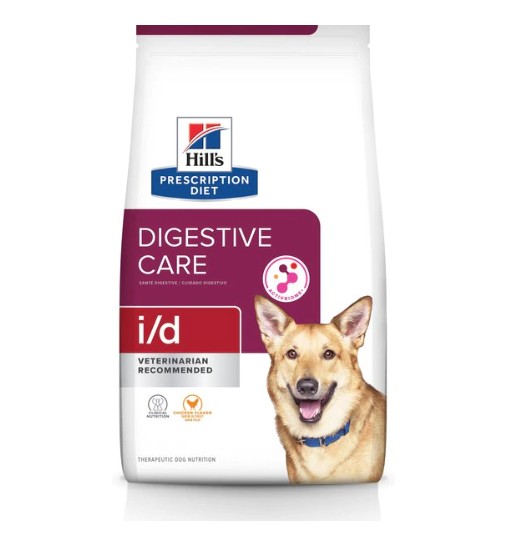

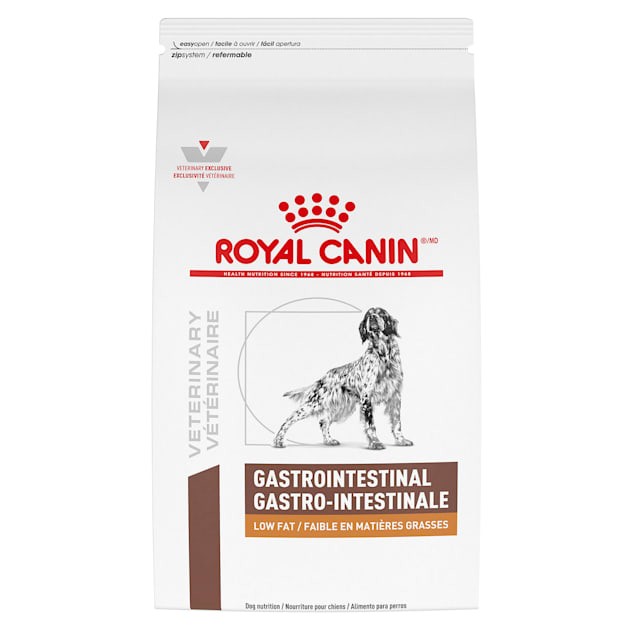
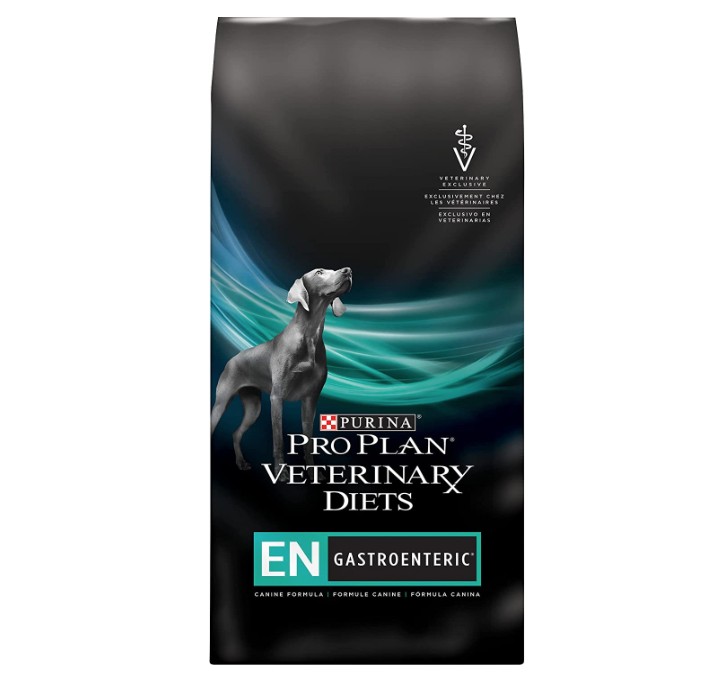
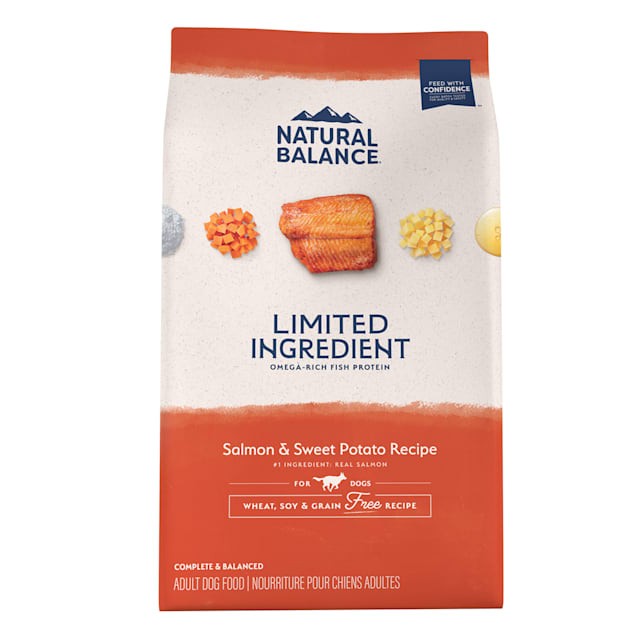
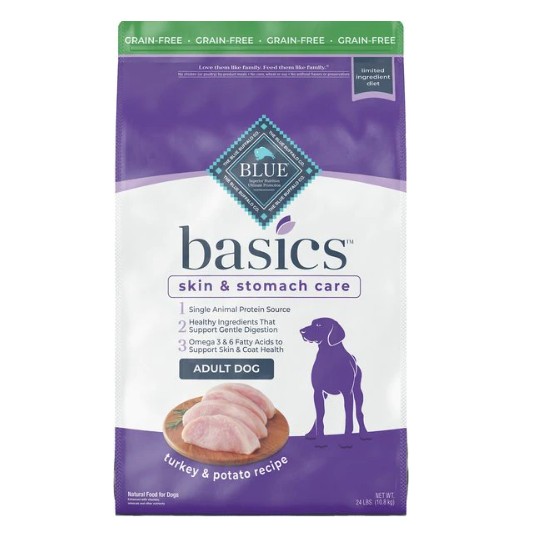
2. What Are the Best Alternatives to Hill’s Prescription Diet I/D?
If you’re looking for alternatives to Hill’s Prescription Diet i/d, several options offer similar benefits. Here are some top contenders:
2.1. Blue Buffalo Natural Veterinary Diet HF Hydrolyzed for Food Intolerance Dry Dog Food
This veterinary diet from Blue Buffalo is formulated for dogs with food sensitivities. It minimizes adverse reactions to common proteins and features hydrolyzed salmon, a highly digestible protein. It’s also grain-free and contains omega-3 fatty acids for healthy skin and coat.
Top Ingredients: Salmon Hydrolysate, Pea Starch, Potatoes, Peas, Pea Protein, Canola Oil (source of Omega 6 Fatty Acids)
Features:
- Grain-free formula.
- Hydrolyzed salmon for food intolerance.
- No chicken by-product meals, corn, wheat, or soy.
- Antioxidants for immune support.
2.2. Royal Canin Veterinary Diet Gastrointestinal Low Fat Dry Food
Royal Canin’s veterinary diet is designed for dogs with digestive sensitivities. It includes prebiotics to maintain gut health, dietary fibers for optimal stool quality, and omega-3 fatty acids to soothe the GI tract. The low-fat content minimizes gastrointestinal issues in dogs with fat intolerance.
Top Ingredients: Brewers Rice, Chicken By-Product Meal, Wheat, Barley, Natural Flavors
Features:
- Veterinary-exclusive formula.
- Promotes digestive health with prebiotics and digestible proteins.
- Low fat content for dogs with fat intolerance.
- Enriched with soluble and insoluble fibers.
- Omega-3 fatty acids, EPA and DHA to manage GI health.
2.3. Purina Pro Plan Veterinary Diets EN Gastroenteric Dry Dog Food
Purina Pro Plan’s EN Gastroenteric formula is designed for dogs with GI issues. It features high digestibility, moderate fat, added zinc, and low fiber. It includes coconut oil and vitamins A, B, C, D, E, and K with minerals such as calcium and zinc.
Top Ingredients: Brewers Rice, Corn Gluten Meal, Whole Grain Corn, Chicken Meal, Animal Fat Preserved With Mixed-Tocopherols
Features:
- Designed to promote nutrient absorption and total digestibility.
- Crafted with nutritionists, researchers, and veterinarians.
- High-quality ingredients including prebiotic fiber and healthy antioxidants.
- Low carbohydrates.
2.4. Natural Balance L.I.D. Limited Ingredient Diets Salmon & Sweet Potato Formula Dry Dog Food
Natural Balance L.I.D. is an over-the-counter option for transitioning off veterinary diets. Made with real salmon as the first ingredient and limited carbohydrate sources, it’s designed for dogs with sensitivities. It contains no added peas, pea protein, lentils, legumes, corn, wheat, or soy.
Top Ingredients: Sweet Potatoes, Salmon, Menhaden Fish Meal, Potato Protein, Canola Oil (preserved with mixed tocopherols)
Features:
- Real salmon is the #1 ingredient.
- Supported by Natural Balance’s ‘Buy With Confidence ‘ guarantee.
- No peas, pea protein, lentils, legumes, corn, wheat, or soy.
2.5. Blue Buffalo Basics Skin & Stomach Care Grain-Free Formula Turkey & Potato Recipe Adult Dry Dog Food
Blue Buffalo Basics L.I.D. is made with fewer ingredients and zero grains to support dogs with food sensitivities. It starts with real turkey and includes pumpkin and easily digested carbohydrates. It also contains LifeSource Bits for immune support.
Top Ingredients: Deboned Turkey, Potatoes, Turkey Meal (source of Glucosamine), Pea Starch, Peas
Features:
- Grain-free.
- All-natural ingredients with vitamins and minerals.
- No chicken, beef, corn, wheat, soy, dairy, or eggs.
- Single animal protein source, turkey, with potatoes, peas, and pumpkin.
- Antioxidants, vitamins, and minerals for immune support.
3. Comprehensive Comparison Table of Dog Food Alternatives to Hill’s I/D
| Feature | Hill’s Prescription Diet i/d | Blue Buffalo HF Hydrolyzed | Royal Canin Gastrointestinal | Purina Pro Plan EN | Natural Balance L.I.D. | Blue Buffalo Basics L.I.D. |
|---|---|---|---|---|---|---|
| Main Benefit | Digestive upset | Food sensitivities | Digestive sensitivities | GI Issues | Food sensitivities | Food sensitivities |
| Top Protein Source | Chicken Meal | Salmon Hydrolysate | Chicken By-Product Meal | Chicken Meal | Salmon | Deboned Turkey |
| Grain-Free | No | Yes | No | No | Yes | Yes |
| Key Ingredients | Brewers Rice, Corn | Pea Starch, Potatoes | Brewers Rice, Wheat | Brewers Rice, Corn | Sweet Potatoes, Salmon | Potatoes, Turkey Meal |
| Added Supplements | Omega 3 & 6, Antioxidants | Omega 3, Antioxidants | Omega 3, Prebiotics | Prebiotic Fiber | None | Antioxidants, Vitamins |
| Prescription Required | Yes | Yes | Yes | Yes | No | No |
| Common Allergens Avoided | Wheat, Barley | Chicken, Corn, Wheat, Soy | Corn | None | Peas, Legumes, Corn | Chicken, Beef, Corn, Soy |
4. What to Consider When Choosing an Alternative?
When selecting a suitable alternative to Hill’s Prescription Diet i/d, several factors should influence your decision:
4.1. Ingredients
Carefully review the ingredients list to ensure that the food does not contain any known allergens or ingredients that may be problematic for your dog. Look for high-quality protein sources and easily digestible carbohydrates.
4.2. Nutritional Value
Ensure that the alternative diet provides a balanced nutritional profile. Look for essential nutrients, vitamins, and minerals that support overall health and well-being.
4.3. Specific Health Needs
Consider your dog’s specific health requirements. If your dog has sensitivities to certain proteins or ingredients, choose a diet that avoids these.
4.4. Veterinary Recommendation
Consult with your veterinarian before making any changes to your dog’s diet, especially if your dog has underlying health conditions.
4.5. Customer Reviews
Research customer reviews to gain insights into the experiences of other pet owners with the product. This can provide valuable information about the food’s effectiveness and palatability.
5. Understanding Dog Food Labels
Deciphering dog food labels can be overwhelming, but understanding the key components is essential to making informed choices.
5.1. Ingredient List
The ingredient list is organized by weight, with the most abundant ingredients listed first. Look for named meat sources (e.g., chicken, beef, salmon) at the top of the list.
5.2. Guaranteed Analysis
The guaranteed analysis provides information about the minimum or maximum levels of key nutrients, including protein, fat, fiber, and moisture.
5.3. AAFCO Statement
The AAFCO (Association of American Feed Control Officials) statement indicates whether the food meets the nutritional standards for your dog’s life stage (e.g., growth, maintenance, all life stages).
5.4. Nutritional Adequacy
Understanding nutritional adequacy is crucial for ensuring your dog receives a complete and balanced diet. AAFCO provides guidelines for nutrient levels required for different life stages.
6. Common Digestive Issues in Dogs
Dogs can experience various digestive issues that may require dietary management.
6.1. Diarrhea
Diarrhea can be caused by various factors, including infections, dietary indiscretion, and stress.
6.2. Vomiting
Vomiting can be a symptom of underlying health issues, such as gastroenteritis, pancreatitis, or food sensitivities.
6.3. Food Sensitivities
Food sensitivities can manifest as skin issues, digestive upset, or other symptoms. Identifying and avoiding trigger ingredients is essential.
6.4. Inflammatory Bowel Disease (IBD)
IBD is a chronic inflammatory condition that can affect the gastrointestinal tract. Dietary management may involve hypoallergenic or easily digestible diets.
7. How Prescription Diets Work
Prescription diets are formulated to address specific health conditions under veterinary supervision.
7.1. Formulation
These diets are crafted with specific nutrient profiles and ingredients to manage or alleviate symptoms of certain diseases.
7.2. Veterinary Oversight
Prescription diets require a veterinarian’s authorization to ensure appropriate use and monitoring.
7.3. Management of Conditions
They can play a vital role in managing conditions such as kidney disease, diabetes, and digestive disorders.
8. The Role of Prebiotics and Probiotics
Prebiotics and probiotics can support a healthy gut microbiome in dogs.
8.1. Prebiotics
Prebiotics are non-digestible fibers that promote the growth of beneficial bacteria in the gut.
8.2. Probiotics
Probiotics are live microorganisms that can help restore balance to the gut microbiome.
8.3. Benefits for Digestive Health
Both prebiotics and probiotics can improve digestion, enhance nutrient absorption, and support immune function.
9. Homemade Diet Considerations
Some pet owners consider preparing homemade diets for their dogs.
9.1. Nutritional Balance
Ensuring complete and balanced nutrition in a homemade diet requires careful planning and formulation.
9.2. Risks
Homemade diets may pose risks if not properly formulated, including nutrient deficiencies or excesses.
9.3. Consultation with a Veterinary Nutritionist
Consulting with a veterinary nutritionist is essential to ensure that a homemade diet meets your dog’s nutritional needs.
10. Transitioning Your Dog to a New Diet
Transitioning your dog to a new diet should be done gradually to minimize digestive upset.
10.1. Gradual Introduction
Start by mixing a small amount of the new food with the old food and gradually increase the proportion over several days.
10.2. Monitoring
Monitor your dog for any signs of digestive upset, such as diarrhea or vomiting.
10.3. Veterinary Guidance
If you have concerns about the transition process, consult with your veterinarian for guidance.
11. Where to Buy Dog Foods Cheapest?
To save money on dog food, consider these strategies:
11.1. Online Shopping
Websites like Chewy and Petco often offer discounts and promotions on pet food.
11.2. Cashback Programs
Sign up for cashback programs like Extrabux to earn money back on your purchases.
11.3. Store Loyalty Programs
Join loyalty programs at pet stores to receive discounts and exclusive offers.
11.4. Bulk Buying
Buying in bulk can often result in cost savings, especially for dry dog food.
12. Can Any Dog Eat Prescription Dog Food?
Prescription diets are formulated for dogs with specific health needs and should only be fed under veterinary supervision. Dogs without these needs may not benefit from these diets and could potentially experience adverse effects.
13. FAQs About Dog Food and Digestive Health
13.1. What are the primary allergens in dog food?
The primary allergens include gluten, lactose, soybean, and nuts.
13.2. How can I identify a food allergy in my dog?
Symptoms of food allergies include skin issues, digestive upset, and ear infections.
13.3. Can I switch my dog to a prescription diet without a vet’s recommendation?
It’s not recommended to switch to a prescription diet without consulting a veterinarian.
13.4. How long should I transition my dog to a new food?
A gradual transition over 7-10 days is generally recommended.
13.5. What are the benefits of grain-free dog food?
Grain-free dog food may be beneficial for dogs with grain sensitivities or allergies.
13.6. What is the role of fiber in dog food?
Fiber promotes healthy digestion and can help regulate bowel movements.
13.7. Are homemade diets safe for dogs?
Homemade diets can be safe if properly formulated by a veterinary nutritionist.
13.8. How often should I feed my dog?
Most adult dogs should be fed twice a day.
13.9. What are the signs of a healthy gut in dogs?
Signs of a healthy gut include regular bowel movements, good appetite, and a healthy coat.
13.10. Can stress affect my dog’s digestion?
Yes, stress can negatively impact your dog’s digestion.
14. Conclusion: Finding the Right Food for Your Dog’s Needs
Choosing the right dog food is crucial for your pet’s overall health and well-being. While Hill’s Prescription Diet i/d is an excellent option for dogs with digestive issues, several alternatives offer similar benefits. Consider your dog’s specific needs, consult with your veterinarian, and research customer reviews to make an informed decision.
At COMPARE.EDU.VN, we understand the challenges of comparing different options. That’s why we provide detailed, objective comparisons to help you make the best choice for your furry friend. Explore our site for more in-depth analyses and reviews to ensure your pet receives the optimal nutrition they deserve.
Need help deciding? Visit compare.edu.vn today to explore detailed comparisons and make an informed decision for your pet’s health! Contact us at 333 Comparison Plaza, Choice City, CA 90210, United States or Whatsapp: +1 (626) 555-9090. We’re here to help!